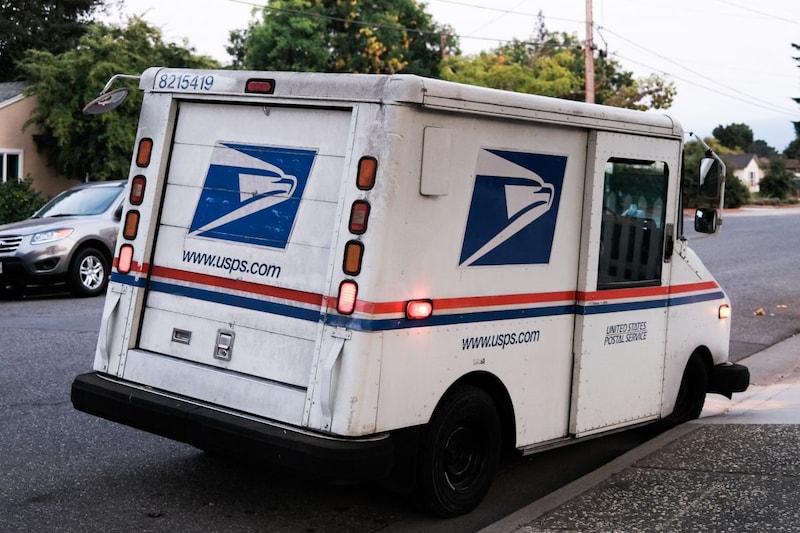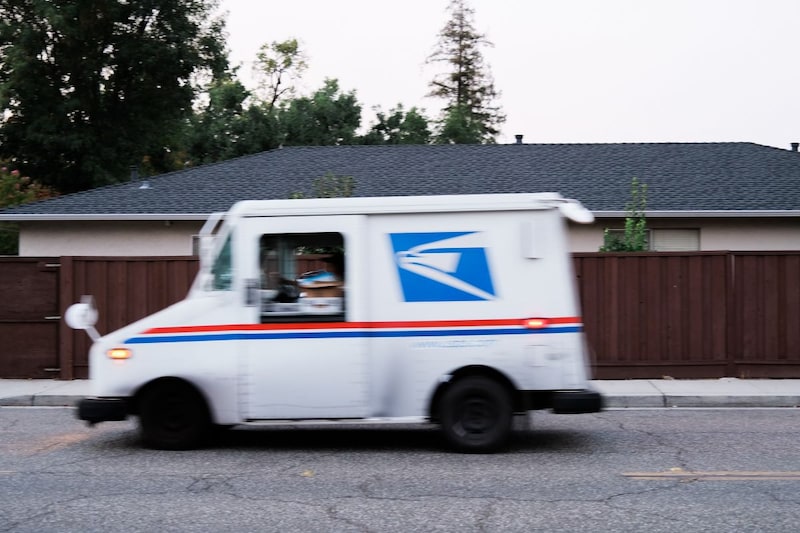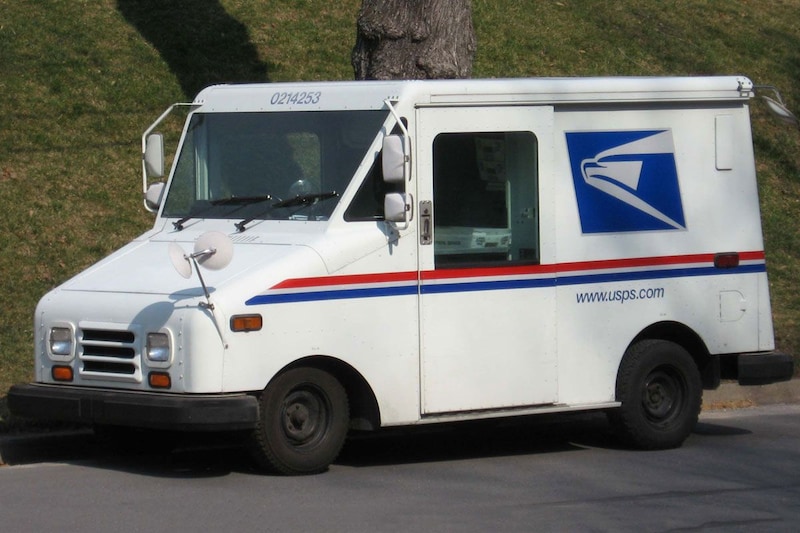




The gigantic Amazon makes no secret that it is developing its own, unique delivery van together with Rivian. That is special, but certainly not unique: the United States Postal Service (USPS) has had its own vehicle for decades.
Anyone who has ever been to the US has undoubtedly seen today’s main subject driving. The funny-looking, white-and-red-white-blue USPS vans can be found in every city. What makes them so special is that they are always in the stated color scheme. With one exception – the Canadian postal company – all copies are in the hands of the United States Postal Service, or the national postal service of the United States. The bus in question has also been specially developed for them, to create a vehicle that is uniquely suited to the specific task that American mail deliverers – and thus this car – await.
The purchaser in question is the Grumman LLV, where the LLV stands for ‘Long Life Vehicle’. This makes it immediately clear what the most important requirement of USPS was: the car had to last a long time. However, there were more requirements. For example, the car had to be inexpensive to use and above all maintenance and be usable in a wide range of (weather) conditions.
One look at the car is enough to know that the LLV also had to excel in ease of use. The bus is compact, extremely square and leans low on its wheels, which, thanks to a limited track width, are sunk deep into the wheel arches, particularly at the front. That helps him with a very small turning circle, which is very useful on the often dead ends in the American ‘suburbs’.
The doors are also special. A large roll-up door is fitted at the rear, slightly recessed in relation to the rest of the carriage. The driver steps in through a sliding door, which can also be opened in tight spaces and can even remain open while driving.
This comes in handy with the big party trick of the LLV. Just like the steering wheel, this door is not on the left, but on the right front. This allows the driver to deliver mail without getting out. Especially in the countryside, where the houses are further apart and have a letterbox on the street, delivering the mail is so much faster and easier than with a traditional bus.
Now the LLV was not the first with this configuration either. Before this bus was introduced in 1987, USPS ran special converted Jeeps that were also RHD and fitted with a sliding door. However, those cars were still recognizable as Jeep, while the Grumman seems completely unique in everything.
Chevrolet
Nevertheless, there are still some necessary known parts to be found under the skin. Grumman, which is also remarkably concerned with aviation, built his tender-winning creation on the basis of the Chevrolet S-10 Blazer, a compact SUV that first appeared on the market in 1982. However, it is a modified variant, which includes the somewhat strange, narrow front axle and much wider rear axle. Two engines were supplied in the LLV, but both were relatively straightforward, large and reliable petrol four-cylinder from General Motors.
Those engines are not really economical, by the way. Reportedly, the average LLV driver scores a consumption of more than 1 in 4 during an average round of mail delivery. Now the many stops and accelerations with every car is of course disastrous for consumption, but USPS still thinks that it should be able to be a bit more efficient now. . Not surprising, because the buses are at least 26 years old. Grumman built them from 1987 to 1994, but even in 2020 there are said to be more than 140,000 in circulation. This model still has a huge share in the huge USPS fleet, which consists of some 200,000 vehicles. Quite a few kilometers have also been made in all those years. USPS itself reports a copy in Kansas City with 402,000 miles (about 645,000 km) on the clock, but there are probably more LLVs that can continue to Klokje Rond. These are very impressive figures, especially at the very low average speed of a delivery van.
The Long Life Vehicle certainly lives up to its name. Yet a long life will also come to an end. The tendering process for a new orderer has been going on for several years, but was delayed a lot due to the financial situation of USPS and – of course – Covid-19. A final choice for a new successor specially developed for USPS has not yet been made, so it looks like the LLV will remain a permanent part of the American street scene for some time to come.
Photos 2, 3, 4: Trinity Nguyen